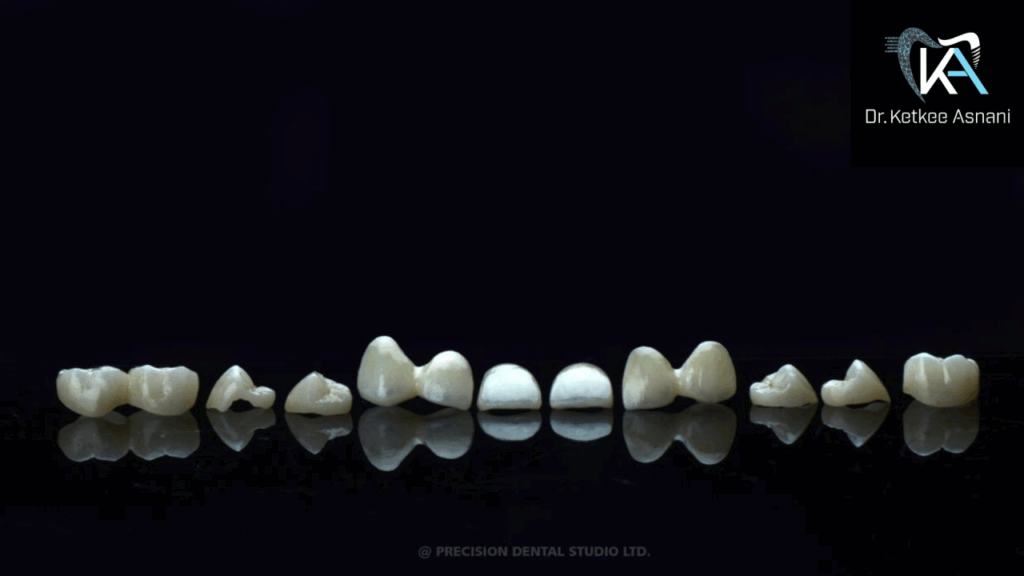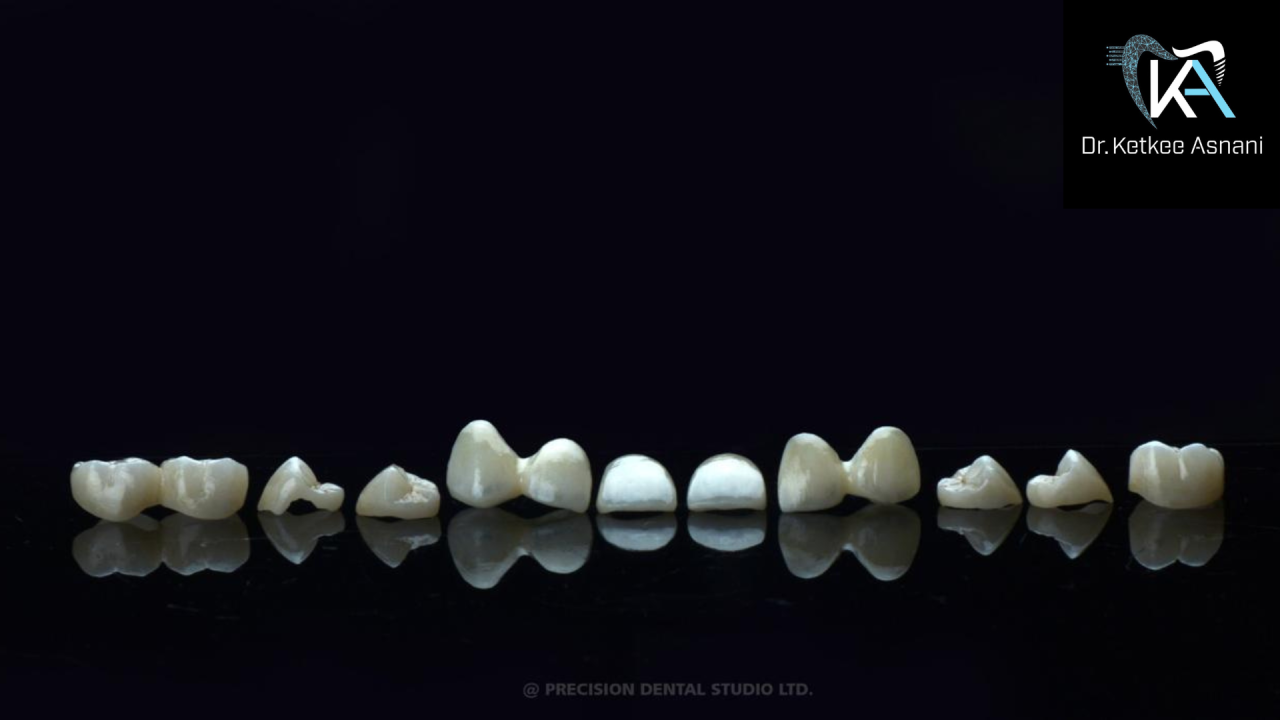
Did You Know? The Subtle Science of Cement Space in CAD/CAM Restorations
When designing a digital crown or bridge, the “cement space” parameter might seem like a small checkbox in your CAD software — but it’s a clinically decisive detail.
Cement space refers to the microscopic gap intentionally designed between the internal surface of the prosthesis and the prep, to accommodate luting agents. While conventional wisdom hovers around 30–50 μm, research shows that this number isn’t one-size-fits-all.
But why does this matter? Undersized cement space increases friction during seating, potentially causing misfits, marginal discrepancies, or even fracture during try-in — especially in zirconia restorations. Oversized space, on the other hand, leads to excessive cement film thickness, reducing retention and increasing microleakage risk.
Modern CAD/CAM software allows zone-specific cement gap customisation — tighter fit near the margins (~20–30 μm) and broader internally (~60–80 μm), especially in molars or short preps. This differential cement space design improves passive fit without sacrificing marginal integrity.
Clinical studies have also shown that restorations with tailored cement space distribution exhibit better seating, lower marginal gaps, and higher survival rates over time.
So, the next time you design a crown, don’t just default to a global cement space value. Use your software’s advanced settings to zone it intelligently — because in digital dentistry, microns matter.


